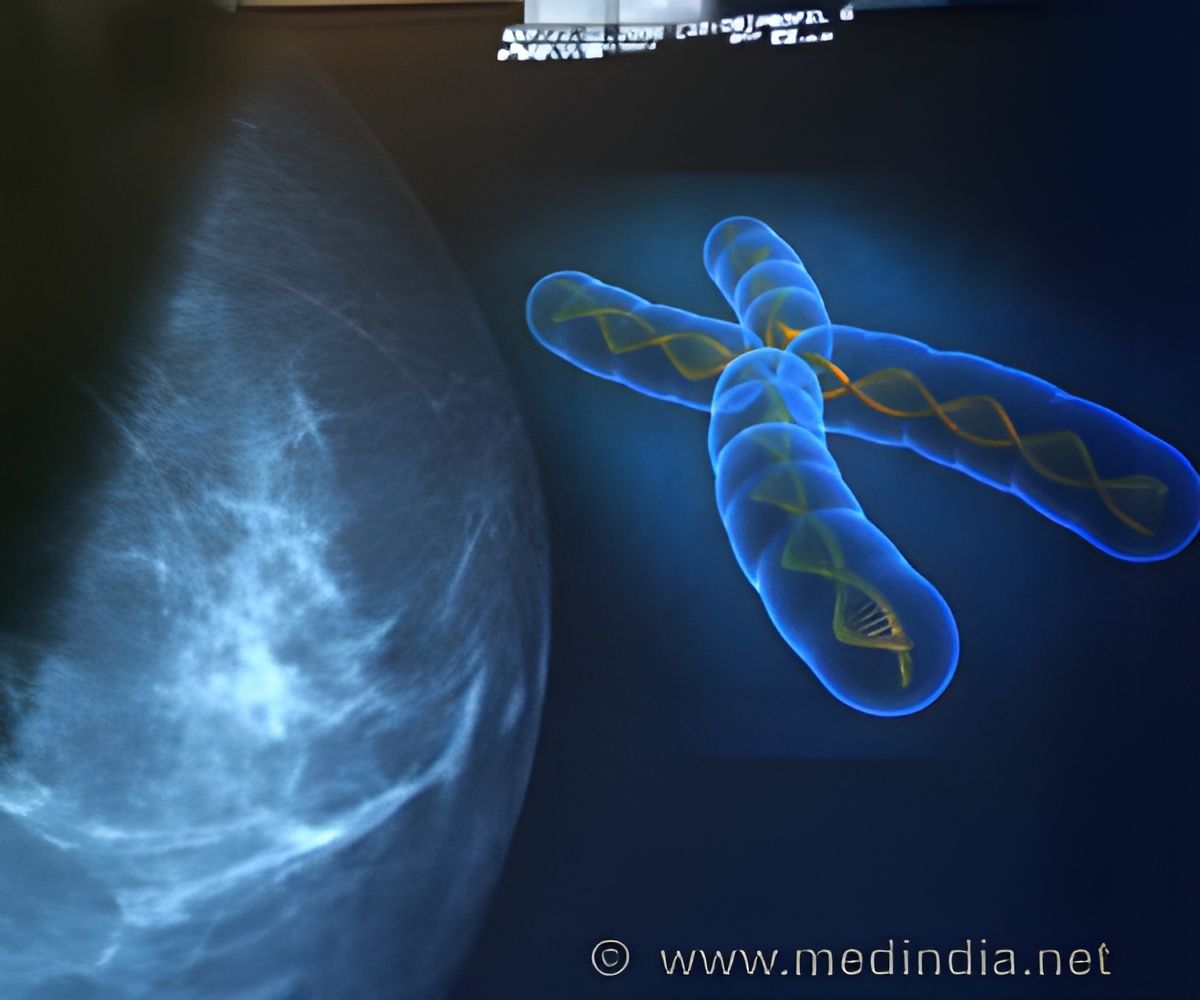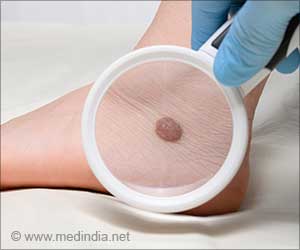New study findings hold potential for predicting many years in advance which women with the BRCA-1mutation will develop ovarian cancer.

‘Organoids can predict ovarian cancer in high-risk women in advance, allowing for early detection and prevention strategies.’





While the lifetime risk of developing ovarian cancer is less than 2% for the general female population, the estimated risk for women who carry a mutation in the so-called BRCA-1 gene is between 35% and 70%, according to the American Cancer Society.Some women with BRCA-1 mutations choose to have their breasts or ovaries and fallopian tubes surgically removed even though they may never develop cancers in these tissues.
The new study findings published in Cell Reports, could help physicians pinpoint which of these women are most likely to develop ovarian cancer in the future.
“We created these fallopian organoids using cells from women with BRCA-1 mutations who had ovarian cancer," explained Clive Svendsen, Ph.D., executive director of the Cedars-Sinai Board of Governors Regenerative Medicine Institute.
The study data supports recent research indicating that ovarian cancer in these patients begins with cancerous lesions in the fallopian tube linings. If we can detect these abnormalities at the outset, we may be able to short-circuit ovarian cancer.
Advertisement
Investigators then used the iPSCs to produce organoids modeling the lining of fallopian tubes and compared the organoids in the two groups.
Besides showing how ovarian cancer is "seeded" in the fallopian tubes of women with mutated BRCA-1, the organoid technology potentially can be used to determine if a drug might work against the disease in an individual.
Each organoid carries the genes of the person who provided the blood sample, making it a "twin" of that person's fallopian tube linings. Multiple drugs can be tested on the organoids without exposing the patient to them.
Building on these findings may one day allow us to provide early, lifesaving detection of ovarian cancer in women who carry the BRCA-1 mutation and create effective, individualized prevention and, if necessary, treatment strategies.
Source-Medindia















